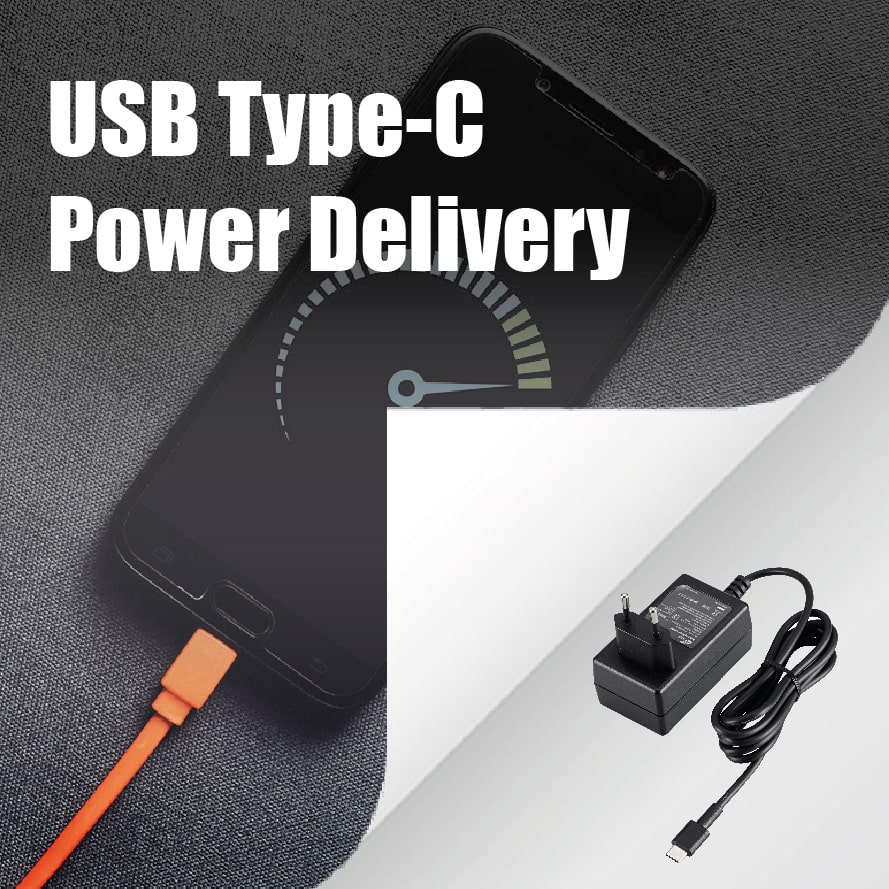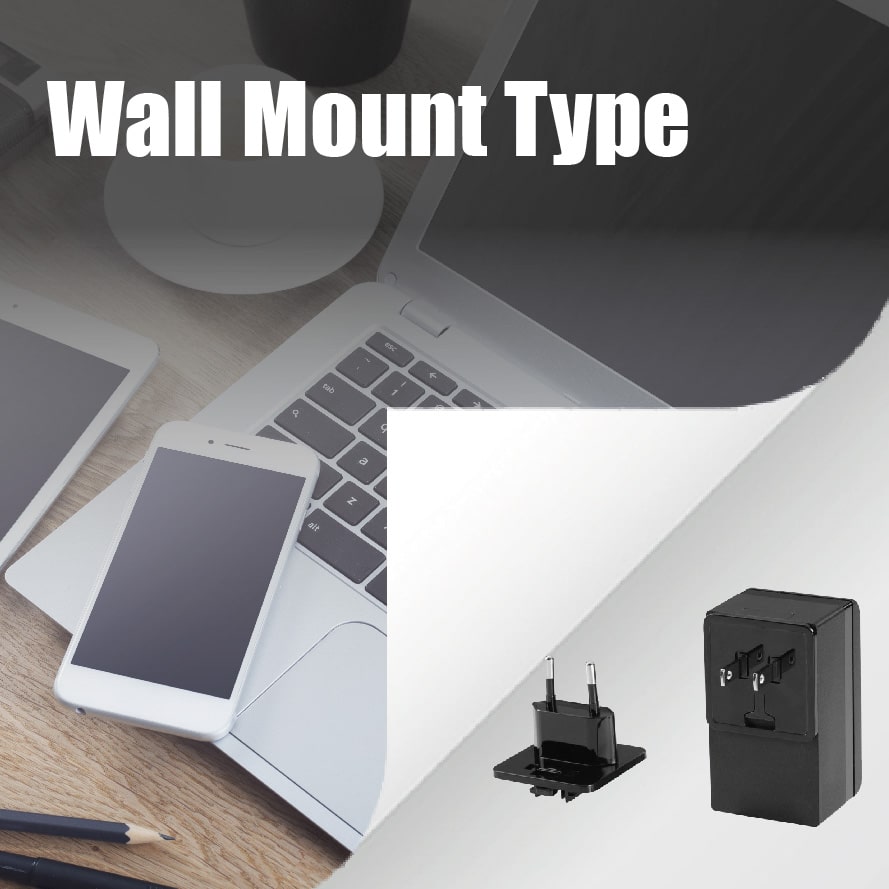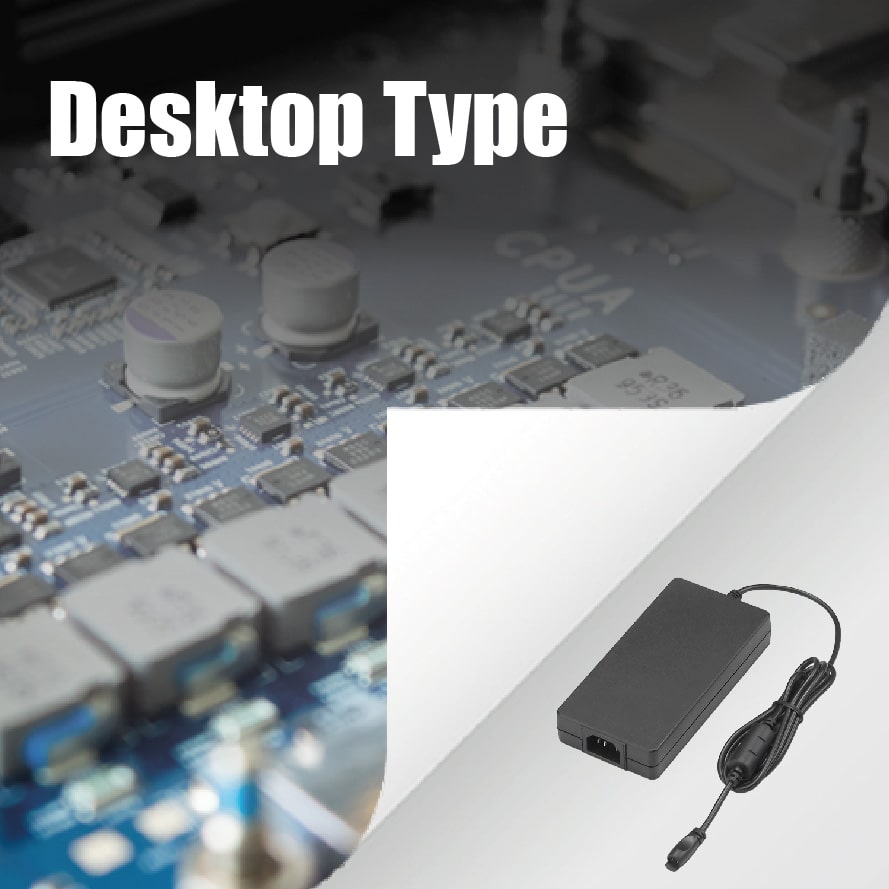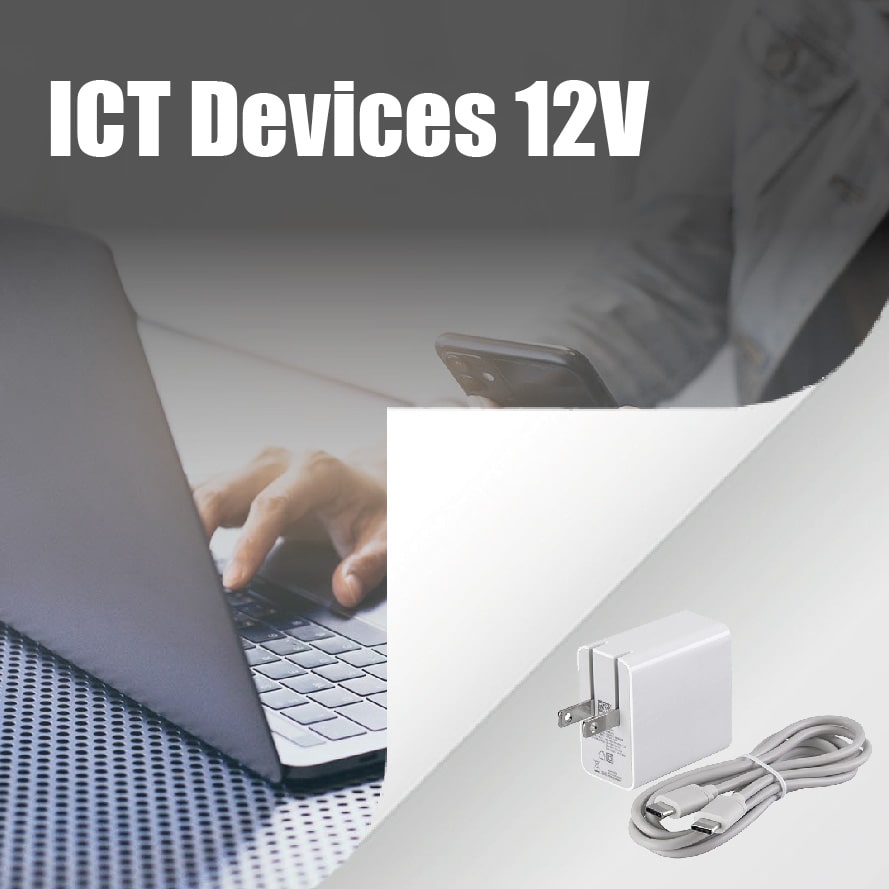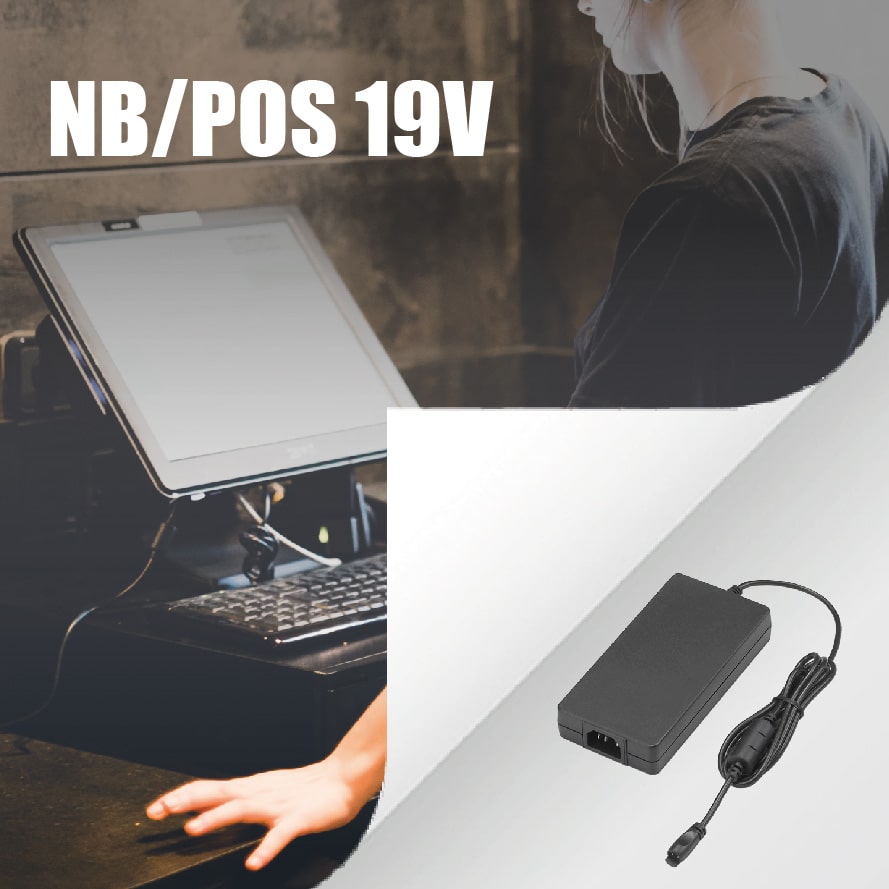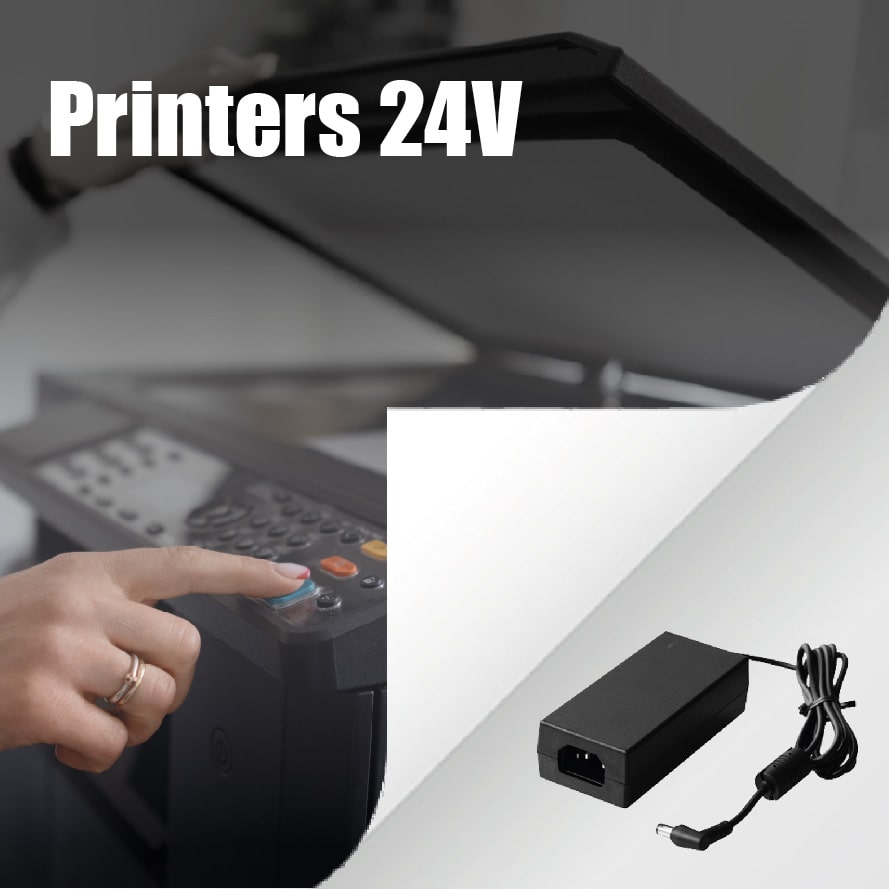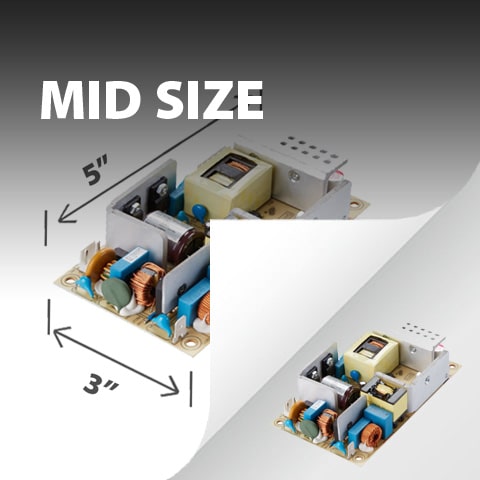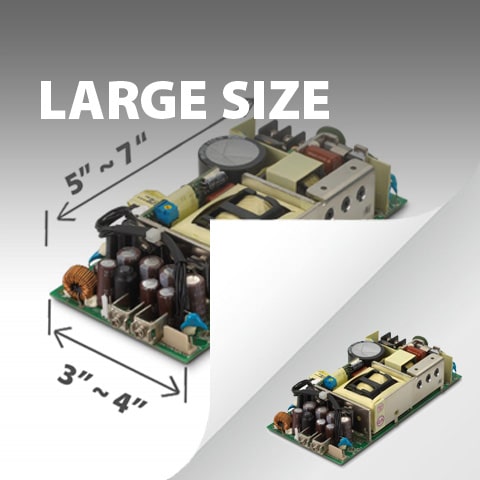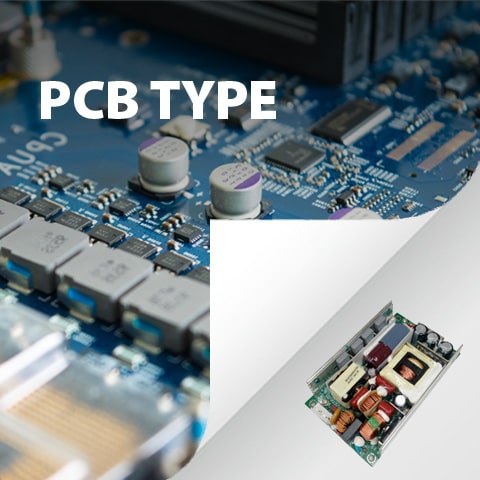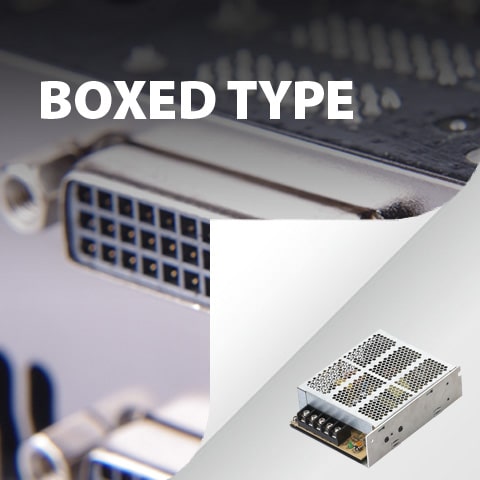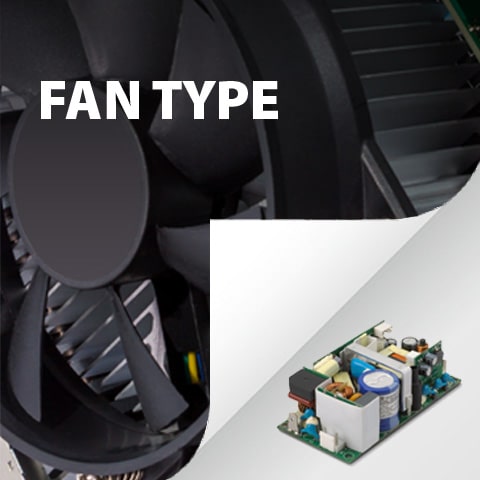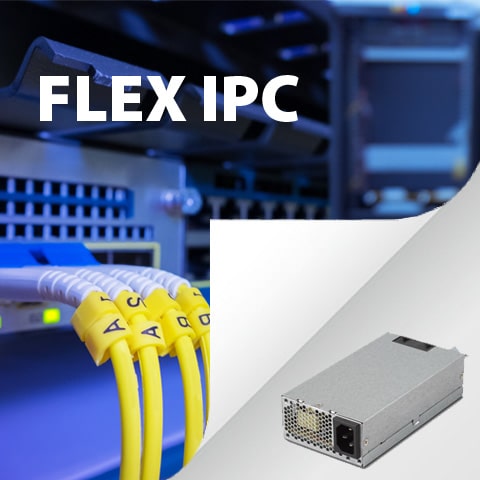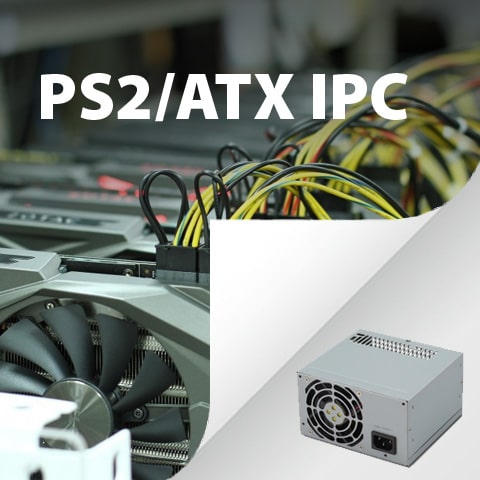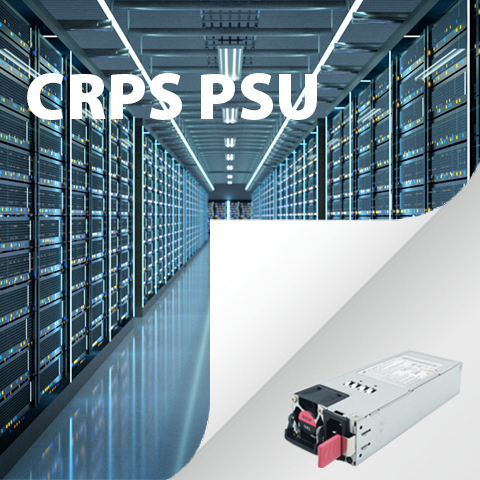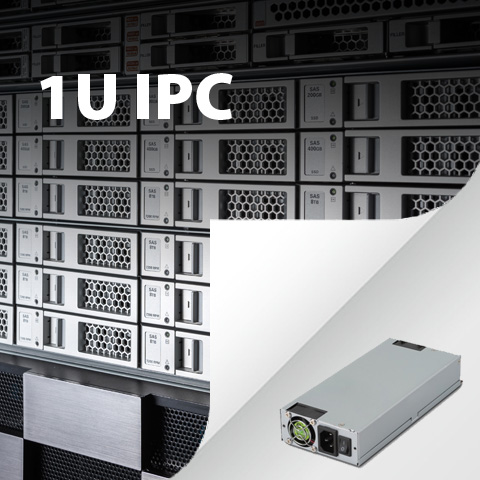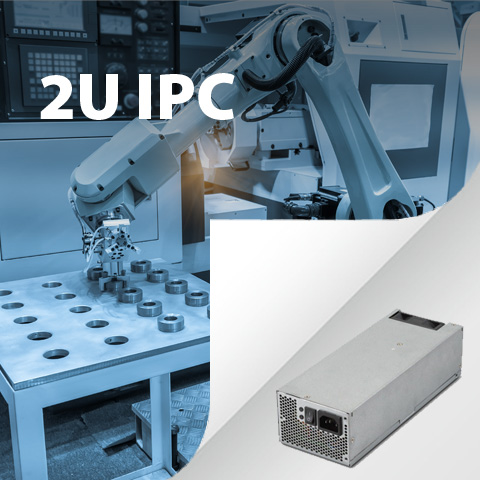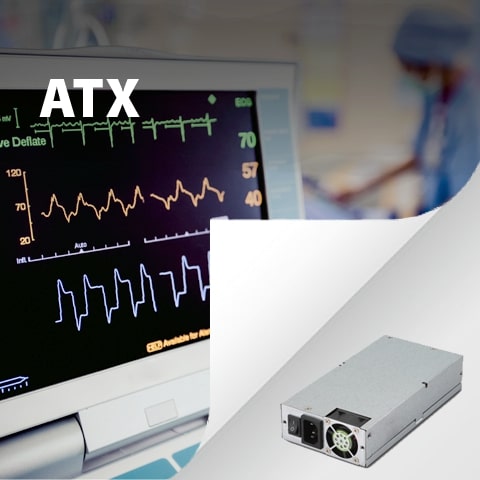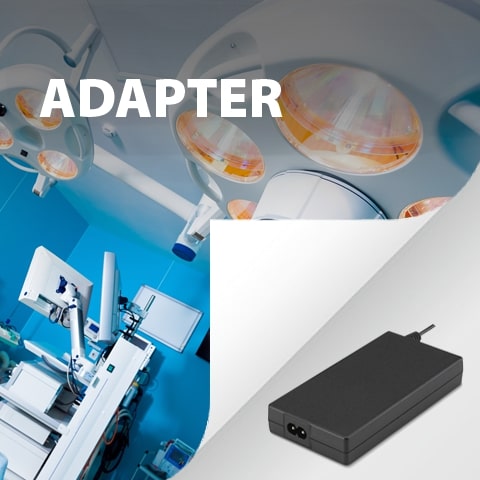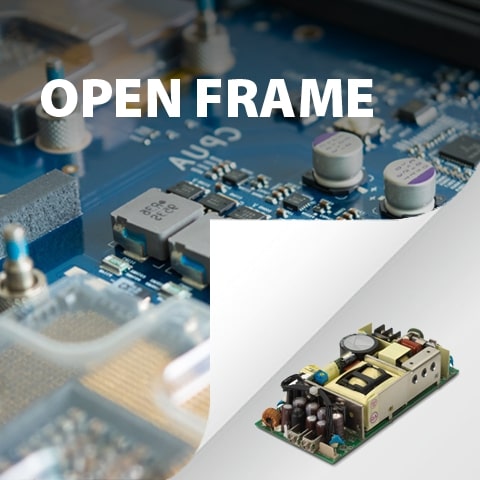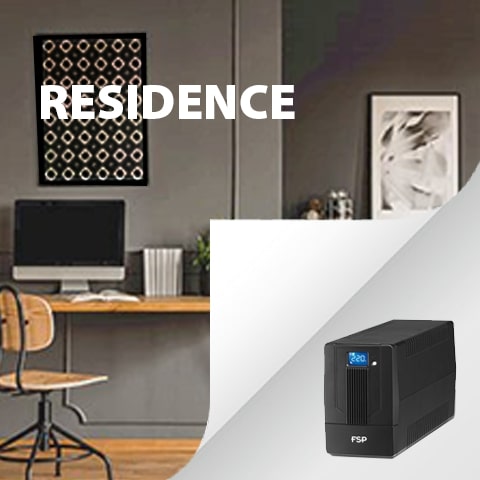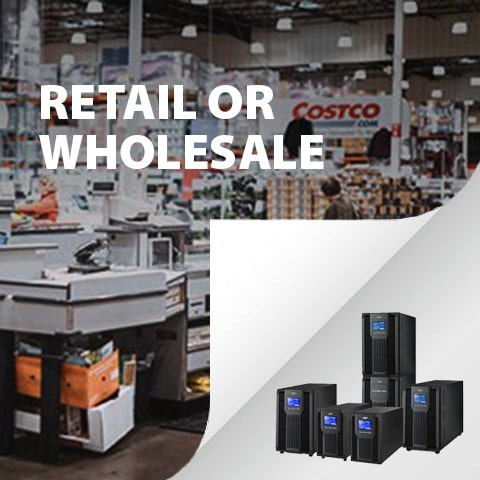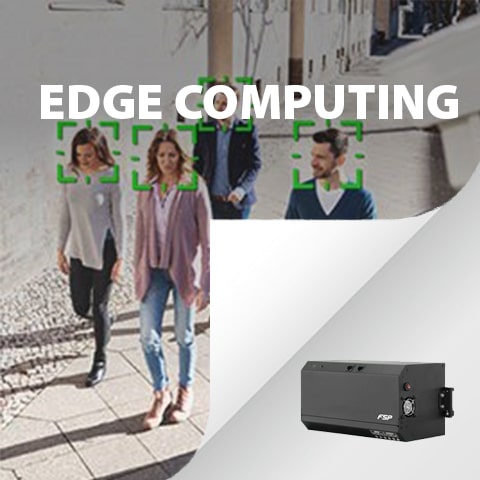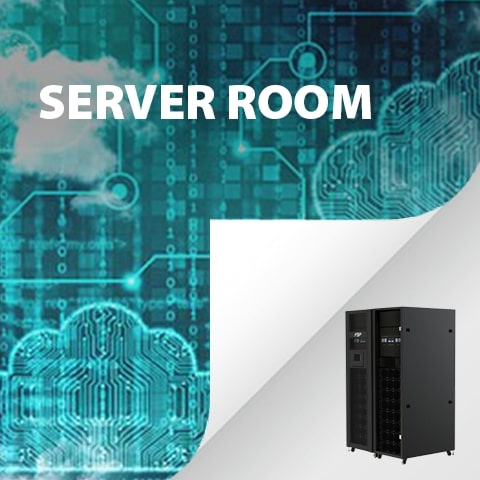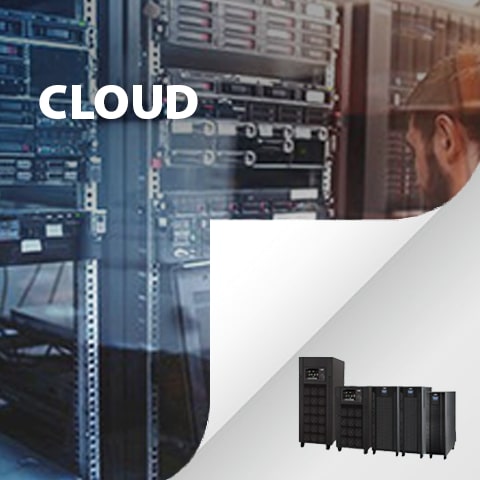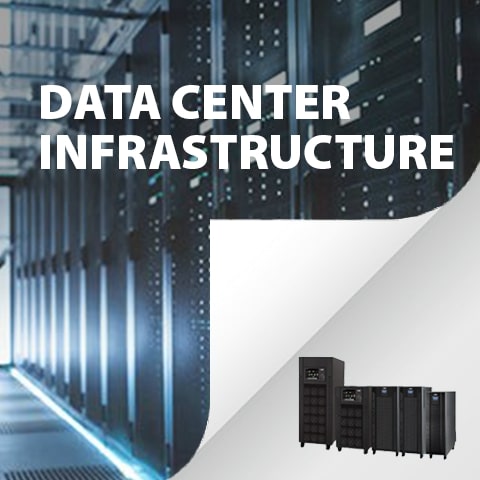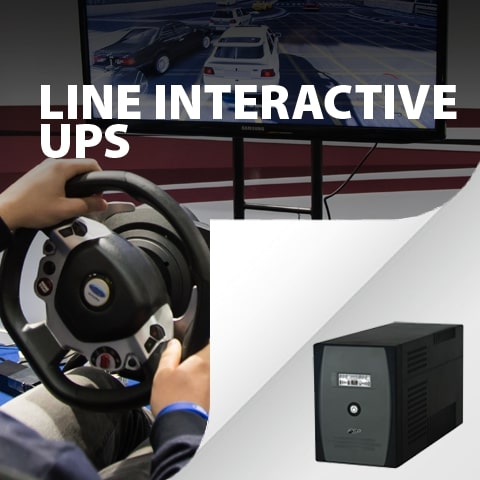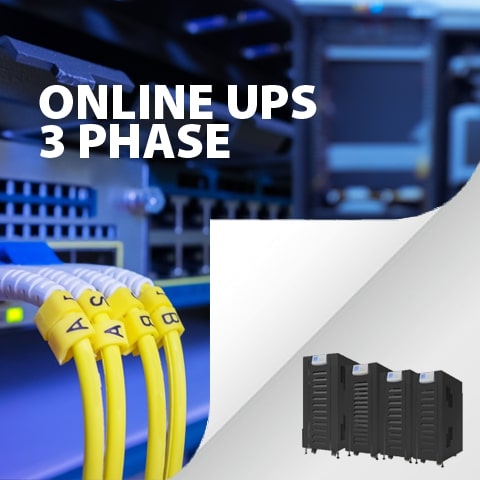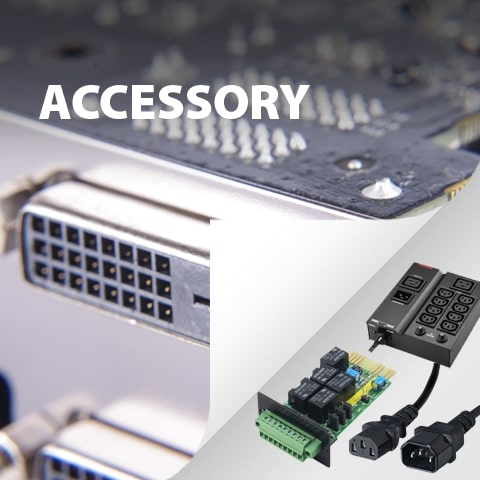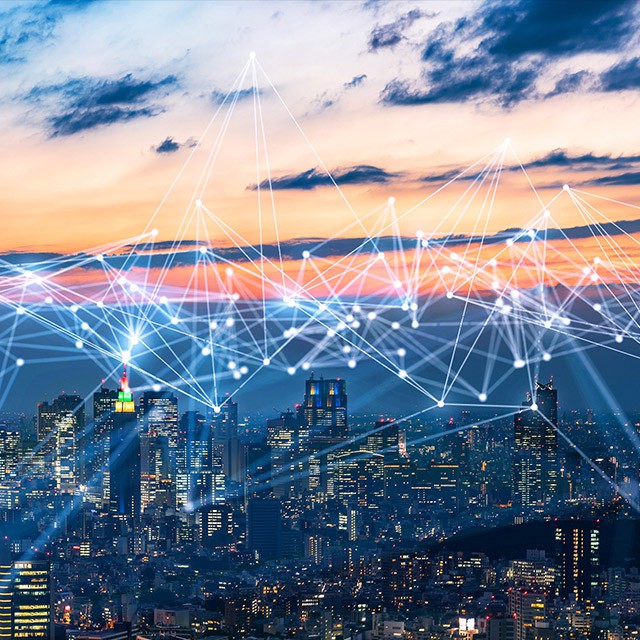Building the Smart Grid: 5 Smart Grid Solutions You Should Know
Overviews
- What is a smart grid?
- What are the challenges of building the smart grid?
- Smart grid solutions applications
- FSP’s smart grid solutions recommendations
There is a lot of confusion when it comes to discussing smart grid solutions. Most people are aware of the term “grid”, which refers to an electric grid, and assume that a smart grid and an electric grid are the same thing. In reality, there are some crucial differences between the two, which are linked to the natural evolution of electric grids over time to meet the current needs of customers.
Ultimately, the first electric grid appeared at the end of the 19th century. Nowadays, the world counts over 9,200 grids, which are responsible for delivering approximately 1 million Megawatt power to a variety of consumers. So what is a smart grid, and what do you need to know to build an effective smart grid solution?
What is a smart grid?
A smart grid is a type of energy management system (EMS) that regulates how electricity is produced, distributed, and stored inside a connected system. The introduction of smart grid technology is an extension of analog grid technology that allows for two-way communication to control the operation of appliances. In simple words, a smart grid is an electric grid with the addition of components that enable power flow monitoring between the points of electricity generation and the points where it reaches the consumers, and power flow control in order to match real-time needs:
- Automation
- Communication
- IT systems
Smart grid vs. electric grid
A conventional electric grid system lacks visibility of power flow failures and issues. The electricity provider can only know there is an issue on the grid when consumers get in touch to complain. This means that an electric grid has a reactive approach to managing power flow disparities as they are notified along the system. With the consumer feedback, the electric grid system can’t address any issue related to power flow because the system has no knowledge or visibility of whether consumers receive their electricity supply.
On the other hand, the smart grid is equipped to monitor the power flow. Therefore, potential problem points where the electric supply fails can be identified automatically. The service provider is equipped to provide an automatic response to prevent issues from affecting the different consumer areas. This can happen because the main components of a smart grid are designed to provide sufficient insights via data collection and monitoring at different levels between the electricity generation and its consumption:
- Data from the power transformer
- Data from the main transmission
- Data from the distribution system
- Data from the utility meter (aka. the home supply system)
The smart grid has a proactive response that ensures that power flow mishaps and problems can be addressed in real-time without the need for external notifications. By relying on digital technology for monitoring, control, and response, the smart grid establishes a direct link between the utilities and the consumers.
What makes a grid smart?
The United States Department of Energy describes 4 specific types of technology advances to help transition electric grids into smart grid solutions. These are the following:
- Technology including sensors for accurate measurements
- Management panel technology with decision support software and mechanism
- Automatic control targeting power distribution, faults and repairs
- Two-way communication between the electric grid components that is fully integrated and automated
To increase efficiency, lower energy consumption and costs, and increase the transparency and dependability of the energy supply chain, this smart grid system enables monitoring, analysis, control, and communication throughout the supply chain. By utilizing smart net meters, the smart grid was created with the intention of addressing the shortcomings of traditional electric grids. So it is important to appreciate that the smart grid is an update on the existing electric grid.
What are the main features of a smart grid solution?
Smart grid solutions come with many features that don’t just benefit the electricity provider but also the consumers.
- Monitoring in real time
- Automated management for outage and fast power restoration
- Enhanced energy management
- Energy usage that can be tracked and managed
- Opportunities to decrease and conserve electricity consumption
- In-house displays for effective tracking
- Smart and automated tracking and overview through web portals and mobile apps
- Incentivizing consumers to change energy usage to keep costs low
- Dynamic pricing mechanism
- Better integration for renewable energy generation
It is worth noting that the Environmental and Energy Study Institute (EESI) recognized as early as 2009 the pivotal role of smart grid technology in the creation of an energy-efficient power network. A smart grid solution is a critical foundation for the implementation of renewable energy systems into the electric grid. Indeed, as renewable energy sources such as solar energy and wind power are variable, the need for a demand-responsive grid that can make the most of the energy available efficiently is vital.
What are the benefits of building smart grid solutions?
It makes sense to transition from a traditional electric grid to smart grid solutions that are better equipped to tackle the challenges of modern energy consumption:
- Increased energy costs and fighting energy poverty
- High environmental impact of traditional power generation methods
- Carbon footprint and gas emission targets
- High number of consumers
- High energy requirements per individual consumer
- Increased pressure on the grid leading to risks of power failures
Groups that have already implemented smart grid solutions have been able to address the challenges of traditional electric grids successfully. Building a smart grid solution can also drive numerous benefits for both consumers and regulators, such as:
- Efficient transition and distribution of electric power
- Reducing costs for consumers but also operations, maintenance, and management
- Lowering electric power tariff and rates as a result of reducing peak demand
- Reducing peak demand
- Providing quick recovery after disturbances in feeders and lines
- Full integration with renewable energy sources
- Large scale load sharing and load reduction
However, while smart grid solutions can address the flaws of electric grids, it doesn’t mean they are without challenges.
What are the challenges of building the smart grid?
Smart grid solutions can effectively target some of the main complaints about electric grids, namely the high costs, lack of responsiveness in the event of power shortage, and the high environmental impact.
However, the integration of digital technology into the electric grid creates a new range of challenges:
- Grid reliability
- Grid efficiency
- Grid security
Grid reliability
It's more crucial than ever to keep the smart grid stable. Grid operators must take every precaution to prevent disruptions because the patterns of electricity consumption are changing rapidly in these difficult times.
Identifying, isolating, and removing problems while rerouting power to avoid hurting as many end users as possible can only be achieved with strategic fault management and effective FLISR technology (Fault Location, Isolation, and Service Restoration).
Grid efficiency
Technical losses are becoming a significant threat for smart grid solutions. These losses are frequently linked to a number of causes, including:
- Extensive distribution networks
- Distribution lines' conductors that are too small
- Line overloading
- Distribution transformers installer too far away from load centers
- Low power factor across the distribution system
- Feeder phase current that is not balanced
- improper transformer sizing and selection
Grid cyber security
The energy sector is becoming more digitalized, but this has drawbacks as well. There have already been instances where a group of hackers compromised energy firms' systems and caused a controlled blackout to affect thousands of homes.
Smart grid solutions applications
Smart grid solutions can be applied at a whole community level or in smaller environments, such as creating a micro smart grid to cover a temporary event. Yet, regardless of their sizes, smart grid solutions can be used in a variety of application purposes:
- Sustainability focus: Utilizing a smart grid solution to integrate further with renewable energy sources and build a carbon-neutral future.
- Resilience against natural disasters: Utilizing smart grid solutions in regions that are prone to extreme weather such as storms to reduce power outage and drives self-repairing features.
- Scalability to growing needs and households: Relying on smart grid technologies to meet the growing and varied needs of consumers in crowded areas.
- Protection against terrorist attacks: Cutting down the power can take a whole region down. But in a smart grid environment, FLISR technology and micro grid setups can provide fast restoration.
- Cost reduction policy: Smart grid solutions offer the perfect response to the constant increase of energy costs, making costs more manageable for consumers.
FSP’s smart grid solutions recommendations
Are you considering building your own smart grid solutions? At FSP Group, we’re proud to share our tech recommendations for reliable, effective, and scalable smart grid systems.
Renewable energy integration with an inverter
One of the most crucial components of a solar energy system is an inverter. It is a device that transforms solar panels' produced direct current (DC) electricity into the alternating current (AC) electricity needed by the electrical grid. Check out our HySpirit Three Phase 10kW for more.
Energy storage for variable energy sources
Ultimately, solar panels may be a favorite when it comes to renewable energy, but you need a solution for when the sun isn’t shining on your panels. That’s our Battery Rack cabinet 12U.
Multiple small grids rather than a single one
Microgrids act as independent units that can generate and control their own power supply. Microgrids can be operated in parallel with the larger grid or fully disconnected. They serve multiple purposes. In the event of an attack against the grid, microgrids ensure the attack and its effect can be contained. Additionally, microgrids are also instrumental in the adoption of renewable energy. As renewable energy points are localized, it makes sense to use microgrids as nodules feeding back the renewable energy in a stable manner that doesn’t lead to voltage fluctuations. Check out our microgrid solutions.
Related Articles
About FSP
FSP Group is one of the global leading power supply manufacturer. Since 1993, FSP Group has followed the management conception “service, profession, and innovation” to fulfill its responsibilities as a green energy resolution supplier.

